The SpectraLED is a unique light source explicitly created for measuring phosphorescence lifetimes. The emission wavelengths of these phosphorescence sources extend from the deep UV to the NIR and are based on LED technology.
With the addition of a SpectraLED source to the HORIBA Scientific TCSPC system, users can now measure luminescence lifetimes ranging from picoseconds to seconds in a single compact system.
The SpectraLED is a cutting-edge method for monitoring longer-lived luminescence decays. A xenon flashlamp has traditionally been used to excite phosphorescence lifespan measurements. Xenon lamps are broadband sources with entire wavelength coverage from the deep UV to the NIR. SpectraLEDs are a convenient alternative with the following advantages for applications where continuous wavelength tunability is not required:
- Higher repetition rates are not limited by capacitor charging times
- To best excite the sample under analysis, software controls the pulse duration and repetition rate
- Silent operation
- No afterglow, permitting a more straightforward interpretation of lifetimes shorter than 100 us
SpectraLEDs could be used for evaluating the long lifetimes of materials, such as photovoltaics, lanthanides, minerals, security inks, and singlet oxygen.
Features
- Minimal-cost LED-based sources for phosphorescence measurements
- Connects directly into FluoroHub and DeltaHub for “plug-and-play” operation
- Optical pulses from 100 ns to milliseconds with sharp on-off transitions
- Apt for FluoroCube, Tempro, Fluorolog-TCSPC, and FluoroMax-TCSPC systems
- Wavelengths available from 265 nm to 1275 nm
- Mechanically and optically interchangeable with NanoLED, and DeltaDiode sources
- Software control of the pulse rate and length allows for pulse customization to fit the time range
- Each source has adjustable collection optics and a bayonet mounting system
Specifications
Source: HORIBA Scientific
| Source |
Peak wavelength (nm) |
Typical Spectral FWHM (nm) |
| S-265 |
265 +/- 10 nm |
10 |
| S-280 |
280 +/- 10 nm |
10 |
| S-290 |
290 +/- 10 nm |
10 |
| S-295 |
295 +/- 10 nm |
10 |
| S-340 |
340 +/- 10 nm |
10 |
| S-350 |
350 +/- 10 nm |
14 |
| S-370 |
370 +/- 10 nm |
15 |
| S-390 |
390 +/- 10 nm |
20 |
| S-415 |
415 +/- 10 nm |
20 |
| S-460 |
460 +/- 10 nm |
30 |
| S-495 |
495 +/- 10 nm |
30 |
| S-525 |
525 +/- 20 mn |
35 |
| S-590 |
590 +/- 10 nm |
15 |
| S-605 |
605 +/- 15 nm |
20 |
| S-625 |
625 +/- 10 nm |
25 |
| S-740 |
740 +/- 10 nm |
25 |
| S-830 |
830 +/- 10 nm |
50 |
| S-970 |
970 +/- 20 nm |
50 |
| S-1200 |
1200 +/- 20 nm |
90 |
| S-1275 |
1275 +/- 20 nm |
90 |
Notes:
(1) Specifications and appearance are subject to change without notice.
(2) Please contact us if you require a wavelength not appearing on the list above.
Applications
Measuring PL upconversion spectra and lifetimes of lanthanide-doped nanoparticles
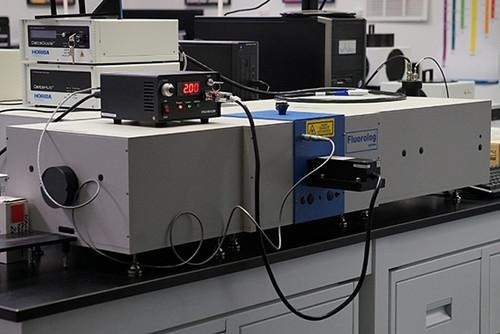
Image Credit: HORIBA Scientific
Upconverting lanthanide-based nanomaterials have a distinct fluorescence anti-Stokes shift, allowing them to convert NIR excitation into visible shorter wavelength emissions (NIR to UV-Vis).
Characterizing lanthanides in glasses for optical applications

Image Credit: HORIBA Scientific
Glasses are important materials with numerous applications and forms. There is a growing interest in optoelectronics in the modifying glass composition to facilitate the integration of lanthanide elements.
Upconversion of lanthanide-containing glasses using DD‐980L excitation
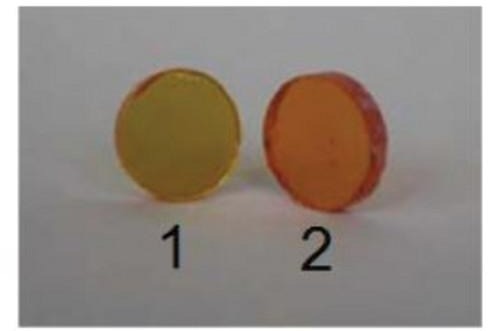
Image Credit: HORIBA Scientific
The phenomenon of upconversion is an optical process in which lower energy (longer wavelength) photons are taken in and higher energy (shorter wavelength) photons are emitted.
Measurement of carrier lifetime in perovskite for solar cell applications
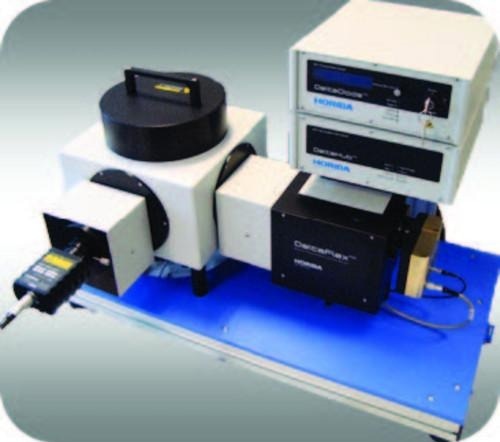
Image Credit: HORIBA Scientific
Hybrid perovskite photovoltaics (PV) show promise due to their high efficiencies, which can reach 20%. Perovskite materials have a significant degree of radiative recombination in addition to their PV characteristics.
Monitoring whole leaf fluorescence using time‐resolved techniques
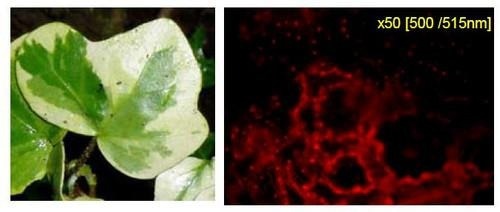
Image Credit: HORIBA Scientific
Light incident on a leaf can be absorbed by chlorophyll to initiate the photosynthetic cycle. Excessive energy can be released as heat or fluorescence, which can be used to evaluate the efficiency of the photosynthetic process.
Stopped flow time‐resolved fluorescence study of serum albumin—curcuminoid binding
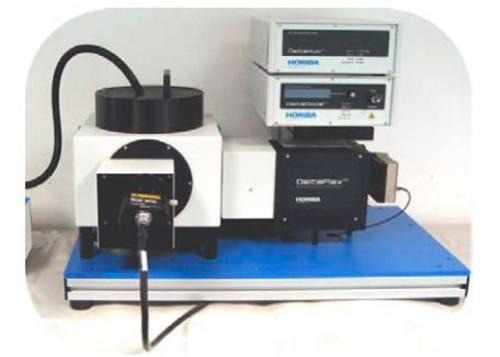
Image Credit: HORIBA Scientific
Quick mixing accessories to undertake stopped flow measurements have found widespread applications in characterizing interactions and reactions happening in solution. Expelled from syringes, reactants are mixed and injected into a flowcell.
Dye‐protein binding monitored in a microliter volume using time-resolved fluorescence
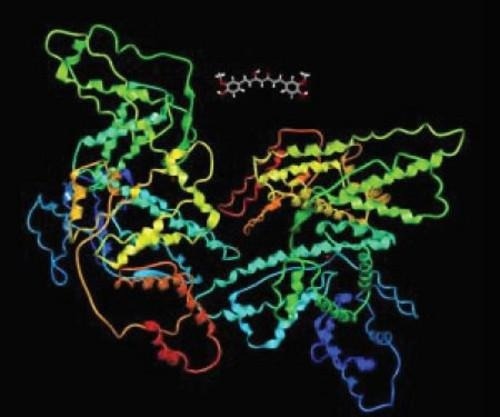
Image Credit: HORIBA Scientific
Several study groups have expressed interest in the possible health advantages of curcumin, which is widely found in turmeric (Curcuma longa L).
The measurement of singlet oxygen lifetime sensitized using rose bengal

Image Credit: HORIBA Scientific
The investigation of singlet oxygen (1O2) is of particular interest because it is a highly reactive species. It can be created through the photosensitization of a molecule, such as a dye or porphyrin.
As a result of the proper sensitizer selection, the presence of oxygen, and the presence of light, 1O2 can be selectively created. It possesses the biological potential to damage and destroy cells, which has sparked interest in its application as an anticancer drug in photodynamic therapy (PDT).
Effect of temperature on HSA structure inferred using time-resolved room-temperature phosphorescence
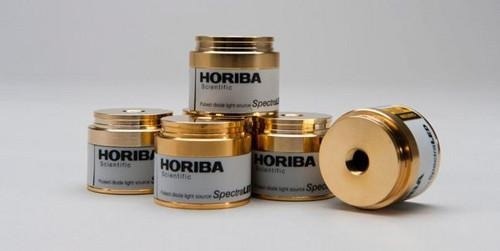
Image Credit: HORIBA Scientific
To retrieve intrinsic amino acids, such as tryptophan, as probes, the UV excitation wavelengths for pulsed phosphorescence measurements have long been the preserve of low-repetition-rate gas-filled lamps or larger laser systems. Recent advancements have made interchangeable semiconductor diodes possible.
Investigating photocleavage using time‐resolved emission spectra

Image Credit: HORIBA Scientific
Many processes in organic synthesis and the management of polyfunctional molecules rely on the selection of a protecting group, which can avoid the creation of undesirable side products and reactions.
Time‐resolved luminescence of security inks from the UV to NIR
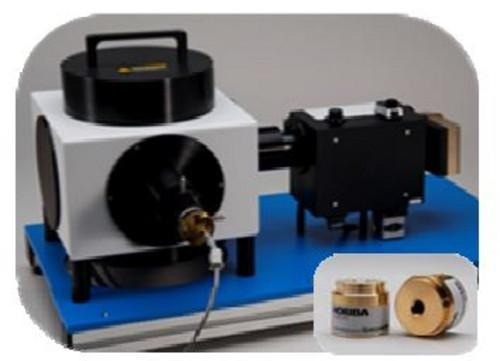
Image Credit: HORIBA Scientific
In an effort to combat fraud and counterfeiting of materials and goods, the usage of security measures like luminescent inks has expanded dramatically.
Elucidating local viscosity using fluorescence lifetime measurements
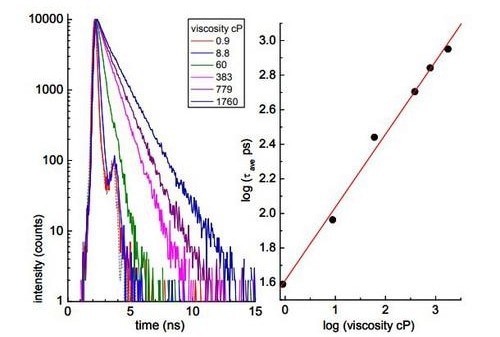
Image Credit: HORIBA Scientific
The fluorescence lifetime of some fluorescent molecules, known as molecular rotors, can be used to determine the local (nanoscale) viscosity in microheterogeneous systems. This method has the advantage of being simpler and faster to perform than the conventional fluorescence anisotropy method. The HORIBA Scientific TemPro fluorescence lifetime system is used to monitor the gelation of silica produced by the solgel technique.